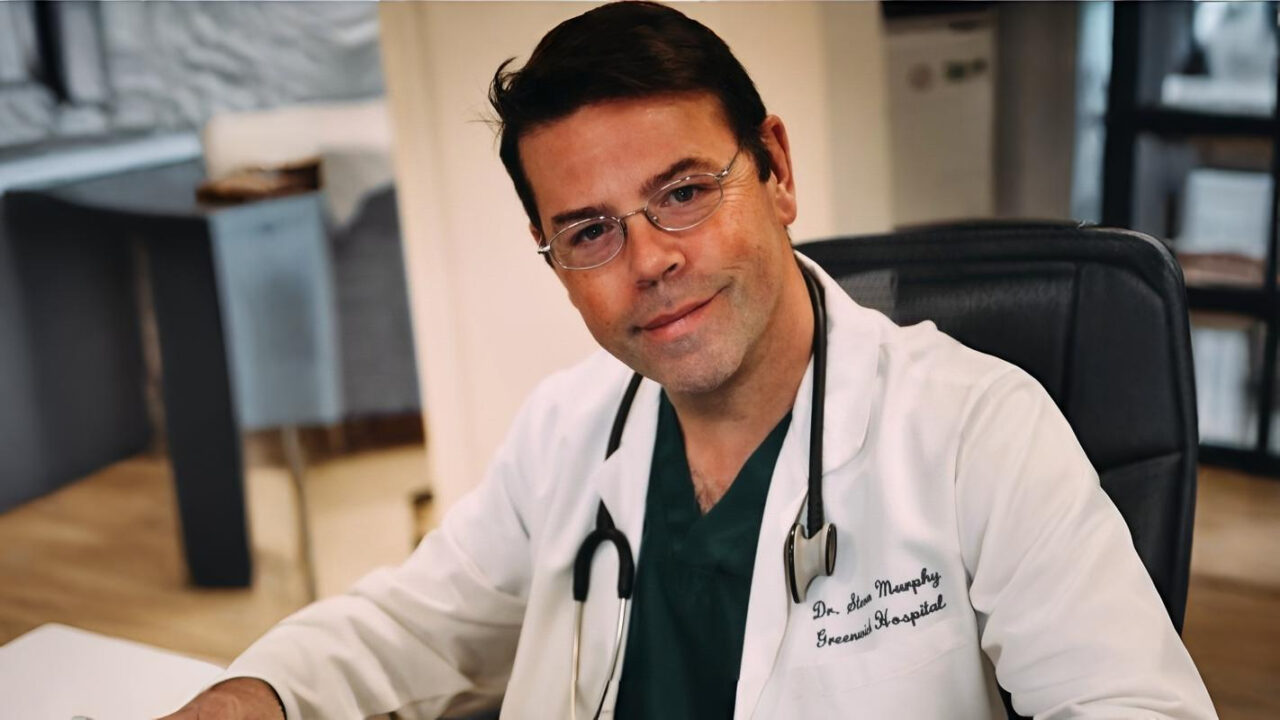
Steven AR Murphy: Urolithin A Shows Immune Rejuvenation and Mitochondrial Benefits in New Trial
Steven AR Murphy, Medical Director, Concierge Medical Associates, shared a post on LinkedIn:
”A Change in Urolithin A Dosing: What the Latest Human Data Means for Longevity Medicine
For years, Urolithin A has intrigued longevity researchers as a gut-derived molecule capable of activating mitophagy, the process of recycling worn-out mitochondria. In essence, it’s cellular housekeeping: clearing broken power plants so new ones can thrive.
Many of our patients take this for it’s Mitophagy benefit.
A newly published Nature Aging randomized, placebo-controlled trial has now brought real human evidence to the table. In just 28 days, healthy adults aged 45–70 who took 1,000 mg of Urolithin A daily showed clear biologic signs of immune rejuvenation and improved mitochondrial metabolism—with excellent safety.
Here’s what changed:
T cells looked and acted younger, with more naive-like CD8 cells and lower exhaustion markers.
Immune metabolism rewired, favoring fatty acid and amino acid oxidation (a signature of healthier, more resilient immunity).
Mitochondrial programs activated, including upregulation of PGC-1α, the master regulator of energy biogenesis.
From a clinical perspective, the data justify what we’re now implementing at Concierge Medical Associates.
While the study didn’t include a 500 mg arm, 1,000 mg is the only dose shown to move the biological levers of aging in humans.
If your goal is to enhance mitochondrial resilience, immune performance, and long-term vitality, this represents a practice-changing moment in longevity medicine and you can read my full analysis—including how I’m adjusting protocols—in the latest Longevity Insider with Dr. Murphy post here.”

Stay updated with Hemostasis Today.
-
Dec 19, 2025, 06:13Anna Aldehag Reflects on Her 12 Year Leadership in Sweden National Board of Health and Welfare
-
Dec 19, 2025, 05:54Abdul Mannan: APTT Mixing Studies Confuse a Lot of People
-
Dec 18, 2025, 23:14The “Normal” FVIII Level Trap in Females with Haemophilia
-
Dec 18, 2025, 23:11WFH Expands Multidisciplinary Bleeding Disorder Training in Vietnam
-
Dec 18, 2025, 17:13Daria Camilli on EuroBloodNet and EHC Collaboration for Bleeding Disorders
-
Dec 18, 2025, 16:50Marie Cambot on Innovhem’s Quantification of The HbF/HbS Ratio for SCD
-
Dec 18, 2025, 16:26Yogesh Rathod on Hematological Issues and ICU
-
Dec 18, 2025, 16:09Carlos Doti: I’m Reminded Why ASH is Such a Powerful Close to The Year
-
Dec 18, 2025, 15:23Michael Hadley: Well-Timed ACC Statement Just Out in JACC Journals
